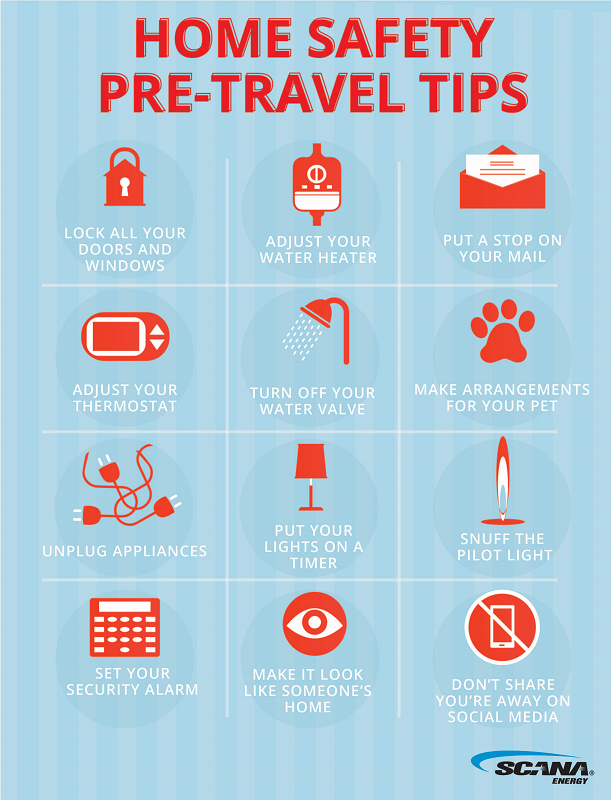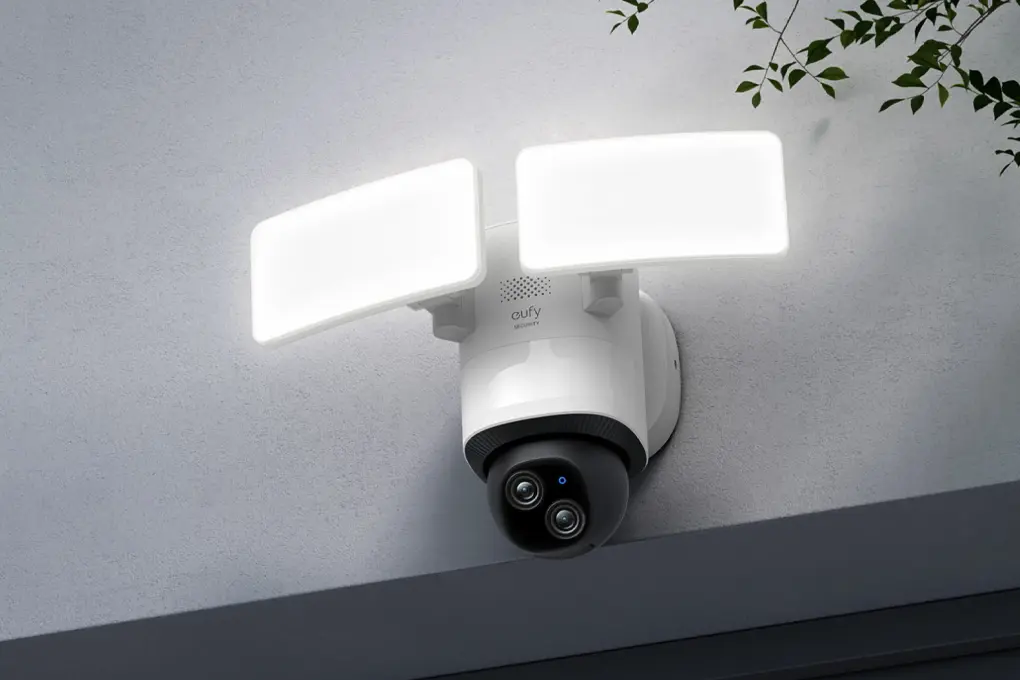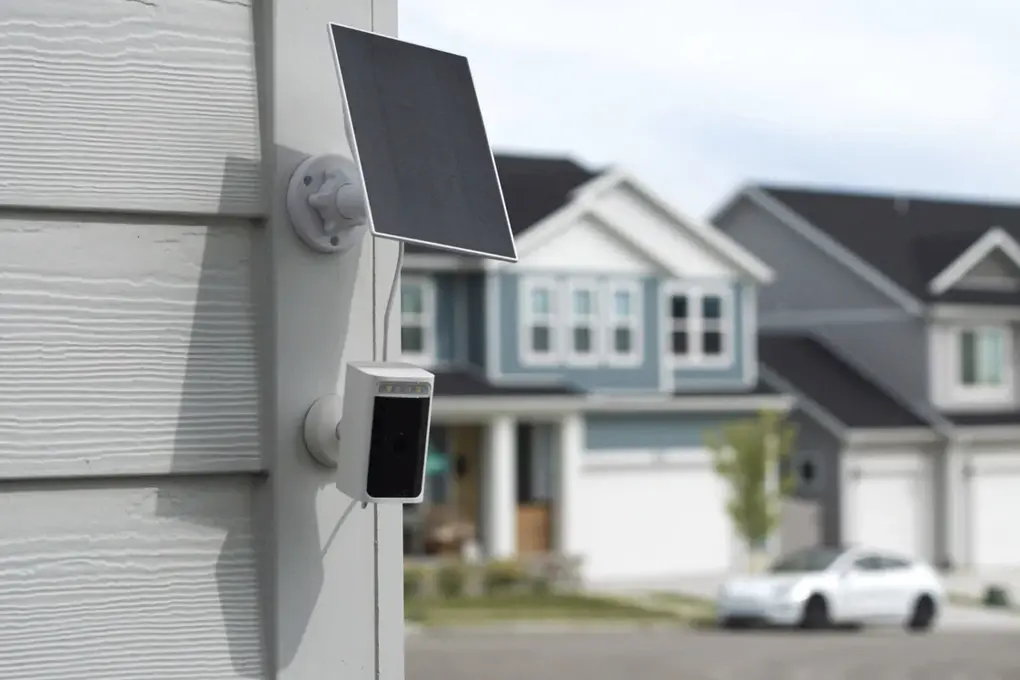While vacation provides a well-deserved escape, an unprotected home presents an attractive target for burglars. According to the FBI’s Uniform Crime Report, over 1.1 million residential burglaries occur annually in the United States, with the average property loss per burglary reaching $2,661. More concerning, the Bureau of Justice Statistics reports that residential burglaries increase by 10-11% during summer months when many homeowners travel.
The timing of these incidents follows clear patterns. A comprehensive study by the Department of Justice found that 65% of home burglaries occur between 6am and 6pm – precisely when vacationing homeowners are most likely to be away for extended periods. Even more troubling, homes without security systems are 300% more likely to be burglarized according to data from the National Council for Home Safety and Security.
While hiring a house sitter offers excellent protection, it’s not always practical or affordable. Fortunately, effective home security doesn’t require constant human presence. Modern security approaches combine traditional techniques with smart technology to create comprehensive protection that deters potential intruders and provides real-time monitoring capabilities.
This guide explores proven strategies to safeguard your home during extended absences – from basic precautions that signal occupancy to advanced security systems that maintain vigilant watch. By implementing these measures before departure, you can enjoy your vacation with the confidence that your home remains protected against unwanted entry and potential damage.
Table of Contents
Easy Ways to Deter Would-Be Burglars
- Automate your lights on a schedule to make it look like someone is home. Set your lights to turn on when the sun goes down and turn off when it comes up. If possible, set both indoor and outdoor lights on a schedule.
- Have a trusted friend, family member, or neighbor stop by to empty the mailbox, pick up newspapers, and move packages inside. Or, put a temporary hold on your mail and subscriptions.
- If you normally have a car in the driveway or garage and are planning to travel by plane, consider getting a ride to the airport from a friend, public transit, or ride share service. Keeping your car in the same place it always is will make it look like business as usual.
- Lock all the doors and windows before you leave. If you keep a spare key under a welcome mat, leave it somewhere less obvious or put it inside the house until you return. If you have sliding doors, put a steel bar in the sliding track to prevent anyone from forcing their way in.
- Continue any landscaping services while you are gone. An overgrown front yard is a sign to potential burglars that the homeowners have been away for a while.
- Keep a few blinds or curtains open to maintain a normal appearance, and don’t forget to hide any valuables that someone could see if they peeked inside. Stow away jewelry, electronics, paperwork, and other valuables, ideally in a safe.
- Don’t post anything publicly about your travel schedule. You can share with friends and family, of course, but don’t post your travel plans or vacation photos on public social media accounts until you return home.

Effective Deterrents
After you have done everything you can to make it look like you’re not on vacation, you can focus your energy on effective deterrents to keep your home from being targeted. According to the ASU Center for Problem-Oriented Policing, the most frequent times for burglaries are weekdays between 10 am and 11 am and from 1 pm to 3 pm. Burglars are willing to risk breaking in during the day because that’s usually when people are not home (although this isn’t always the case now because of remote and hybrid work schedules). So, after you have made it look like you’re at home, here are some extra things you can do to make your house less appealing to burglars:
- Before you leave, trim down any bushes or trees along the front of your home. This will minimize the places where burglars can hide while trying to break in. The key is to make breaking in look as difficult and risky as possible.
- If you don’t already, light all the entrances to your home with low-wattage outdoor lighting. If you are concerned about energy use or having too many lights on outside, you can use motion-detection lights. The goal is to eliminate all the easy ways for someone to target your home for a break-in.
- If you have a video doorbell or security system, use signage to indicate that your home is under protection. Burglars are more likely to target homes that do not have security systems. Homes without security or surveillance systems are 300% more likely to be burglarized than those with them. Less than 30% of homes have an effective security system installed

Alarm Systems
Based on the statistic above, having a security system is a fantastic way to deter burglars and ensure the proper authorities are alerted if anyone does try to break in. Here are a few reasons why having an alarm system can help protect your home while you’re traveling:
- They provide an easy way for you to keep an eye on your home. Almost all modern alarm systems have a mobile app that allows you to access your cameras, sensors, and alerts easily from your phone. That way, no matter where you are in the world, as long as you have cellular service or access to Wi-Fi, you can check on your home.
- You have the option to leave the worrying to the pros with professional surveillance. With DIY surveillance, you are responsible for alerting the authorities if an alarm is triggered. But with professional surveillance, if any threats are detected, your security system company will contact the local authorities. Talk about peace of mind!
- They can keep your furry friends at home safe. Some alarm systems include temperature monitors and connect to smoke detectors. If you frequently travel or you want to go away for a long weekend and leave Whiskers at home, this can be helpful. Add-ons include thermostats and smoke detectors to ensure that if your A/C breaks down or a fire starts, your system will alert you and the authorities.
Getting Started: Comprehensive Home Protection Before Travel
Planning to secure your home before vacation requires thoughtful preparation. If you don’t currently have a security system, installing one before departure can substantially reduce your risk profile. According to the FBI’s crime statistics, homes without security systems are 300% more likely to be burglarized than those with visible protection measures.
Modern security options range from comprehensive professional systems to effective DIY solutions that can be installed in a single afternoon. The Electronic Security Association reports that 83% of burglars specifically look for indicators of security systems before attempting entry, making even basic visible deterrents worthwhile investments.
When selecting a system, consider these critical factors:
- Monitoring options: Professional monitoring services respond to alerts 24/7, with average response coordination times of 30-45 seconds according to security industry benchmarks
- Smart integration: Systems with remote access allow real-time monitoring and control from anywhere in the world through your smartphone
- Entry point coverage: Comprehensive protection should include all doors and accessible windows, as the International Association of Certified Home Inspectors notes that 34% of burglars enter through the front door and 23% through first-floor windows
- Power backup: Systems with cellular and battery backup maintain protection during power outages, which occur approximately 6-8 times annually for the average American household
- Installation timeline: Many modern systems can be fully operational within 1-3 hours of unboxing, allowing for last-minute security upgrades before departure
The investment in home security provides both immediate protection and long-term value. Insurance Information Institute data shows that homes with monitored security systems qualify for insurance premium discounts averaging 10-15%, potentially offsetting much of the system cost over time.
By taking proactive steps to secure your home before traveling, you create multiple layers of protection that significantly reduce vulnerability while providing the peace of mind necessary to fully enjoy your vacation experience.



